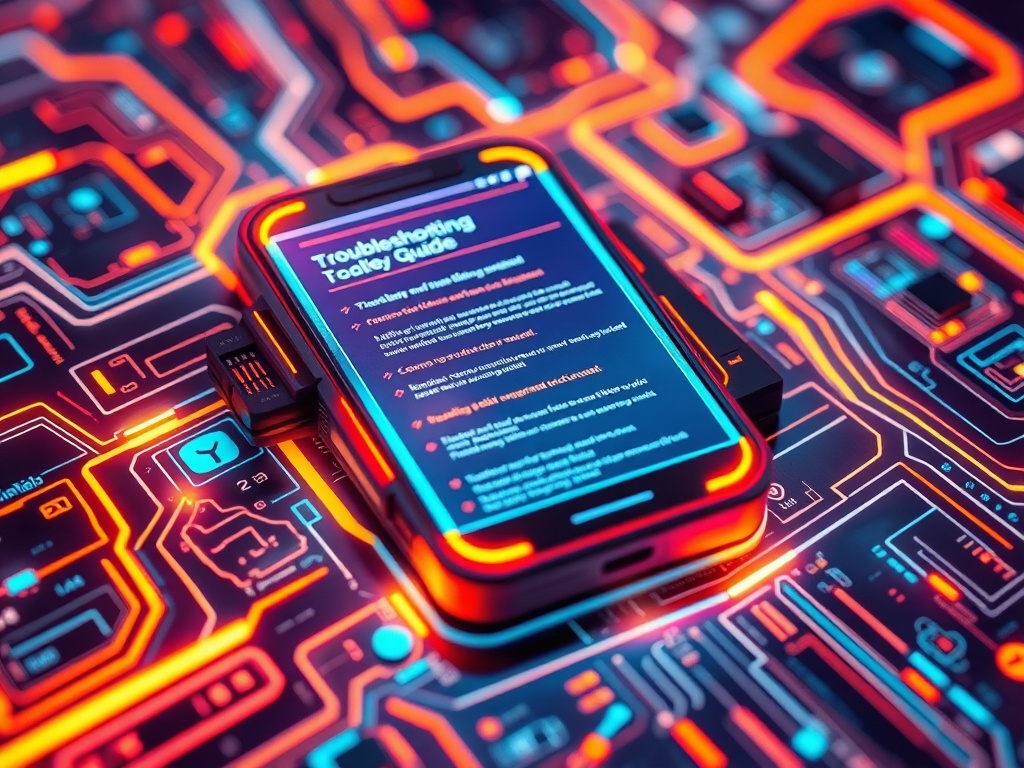In 2025, smartphones have become more powerful than ever, but one common frustration remains: slow charging. Whether you rely on your Android phone for work, gaming, or staying connected with friends and family, waiting hours for your device to charge can feel unbearable. The good news is that most slow-charging issues can be fixed with the right steps. In this comprehensive guide, we’ll explore the reasons behind slow charging and walk you through proven solutions to get your device back to full speed.

Why Is Your Android Charging Slowly?
Before jumping into solutions, it’s important to understand the root causes. Slow charging can result from:
- Faulty or low-quality cables and adapters
- Dust or debris in the charging port
- Background apps consuming power during charging
- Aging or damaged batteries
- Incorrect charging settings or software glitches
- Overheating or extreme environmental conditions
By identifying the underlying problem, you can take targeted actions that actually make a difference.
1. Check Your Charging Cable and Adapter
The first and most obvious culprit is often the charging accessories. Over time, cables fray, connectors wear out, and adapters lose efficiency.
- Use original or certified chargers: Non-certified chargers might not support fast-charging protocols like USB-PD or Qualcomm Quick Charge.
- Inspect for damage: Look for exposed wires, bent connectors, or burn marks. Replace damaged cables immediately.
- Test with another charger: If your phone charges faster with another setup, your accessories are likely the problem.
Pro Tip: Keep a backup high-quality USB-C cable in your bag or car for emergencies.
2. Clean the Charging Port
A surprisingly common cause of slow charging is a dirty or blocked charging port. Pocket lint, dust, or tiny debris can prevent proper contact between your cable and the phone’s internal connectors.
- Use a soft brush or compressed air to gently clean the port. Avoid using sharp objects that might damage the connectors.
- Check for moisture: Many Android phones will limit charging speed or stop charging entirely if moisture is detected. Dry the port thoroughly if this happens.
3. Switch to a High-Power Adapter
In 2025, many Android devices support charging speeds up to 100W or more. If you’re using an older or low-power adapter, you’re missing out.
- Upgrade to a higher-wattage adapter that matches your phone’s supported power delivery.
- Look for adaptive charging support: Some chargers dynamically adjust power for faster and safer charging.
4. Optimize Charging Conditions
Environmental factors play a huge role in charging efficiency. Extreme temperatures, especially heat, can slow down charging and degrade battery health.
- Charge in a cool, well-ventilated area.
- Avoid using your phone while charging, especially for resource-heavy apps like games or video streaming.
- Remove bulky cases that trap heat and cause thermal throttling.
5. Turn On Airplane Mode or Power Saving
Background processes can consume significant power even as your phone charges. Turning on Airplane Mode reduces network activity, helping your device charge faster. Alternatively, enable Power Saving Mode to limit background apps and extend battery life.
6. Check for Software Updates
Sometimes, slow charging can be traced back to software bugs. Manufacturers frequently release patches to improve charging algorithms and optimize battery performance.
- Go to Settings > System > Software Update and make sure your device is running the latest version of Android.
- Restart your phone regularly to clear temporary caches and fix minor glitches.
7. Calibrate Your Battery
If your phone’s battery percentage seems inaccurate or fluctuates wildly, calibration might help.
- Fully discharge your phone until it powers off.
- Charge it uninterrupted to 100% using the original charger.
- Keep it plugged in for an additional 30 minutes before unplugging.
Doing this occasionally helps your phone’s system better understand the actual battery capacity.
8. Replace a Failing Battery
Batteries naturally degrade over time. If your phone is more than 2–3 years old, its battery might not hold a charge as efficiently as before.
- Check battery health in your phone’s settings or using a reputable diagnostic app.
- Consider a battery replacement if capacity has dropped below 80%.
Note: Authorized service centers are recommended for safe battery replacements.
9. Disable Fast Charging When Not Needed
Some phones throttle charging speeds if they detect prolonged use of fast charging due to heat concerns. Occasionally toggling off fast charging in settings can improve overall battery health and prevent overheating-related slowdowns.
10. Try Wireless Charging Alternatives
Modern wireless chargers offer surprisingly fast speeds, with some supporting up to 50W. If your wired charging setup consistently underperforms, switching to a high-quality wireless charger can be a convenient solution.
When All Else Fails
If none of these steps solve your slow-charging issue, your device might have deeper hardware problems, such as a failing charging IC (integrated circuit) or motherboard. In such cases:
- Visit an authorized service center for a professional diagnosis.
- Check warranty status: Many flagship devices come with extended battery warranties in 2025.
Preventing Future Slow Charging
To avoid recurring slow-charging problems:
- Always use high-quality, certified chargers.
- Keep your phone and charging accessories clean.
- Avoid extreme charging habits like leaving your phone plugged in overnight for extended periods.
- Invest in surge protectors to shield your devices from voltage fluctuations.
Final Thoughts
Slow charging can be frustrating, but in most cases, the problem is fixable with a few careful steps. By maintaining your accessories, keeping your device updated, and practicing good charging habits, you can keep your Android running smoothly and efficiently.
Want more Android tips?
Check out our next article: “How to Fix “No Internet Connection” on Android (2025 Guide)“
